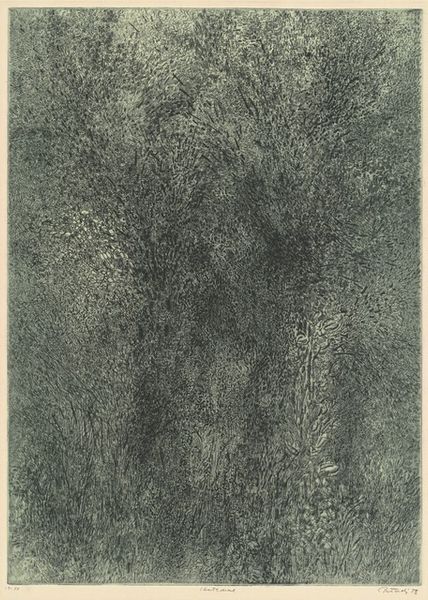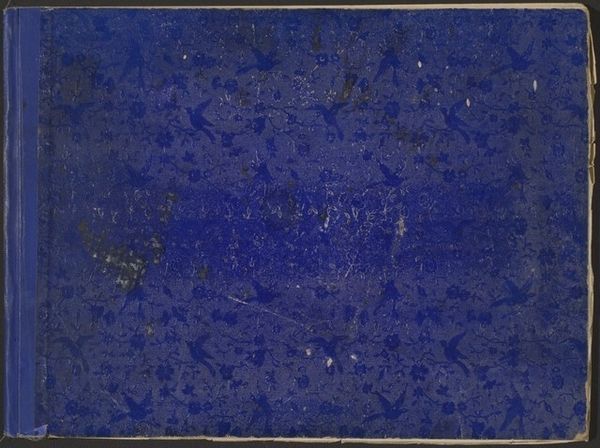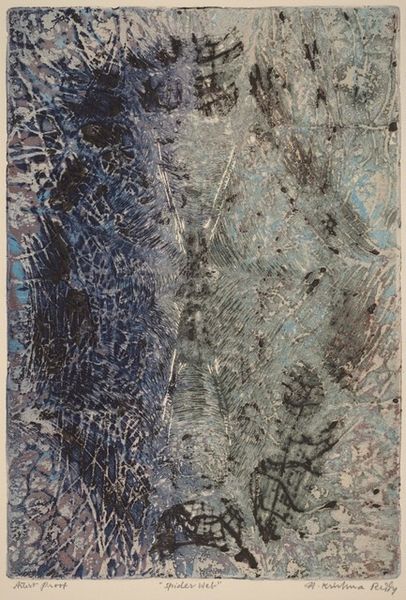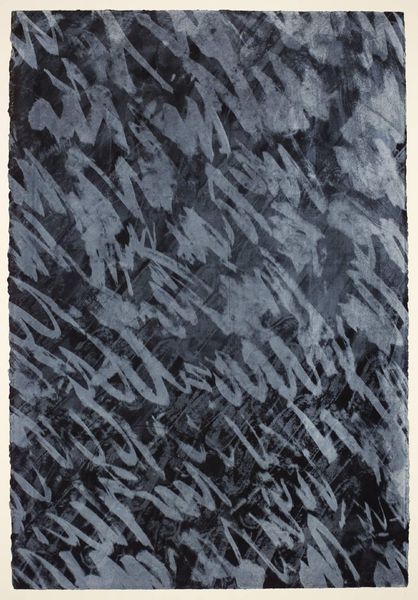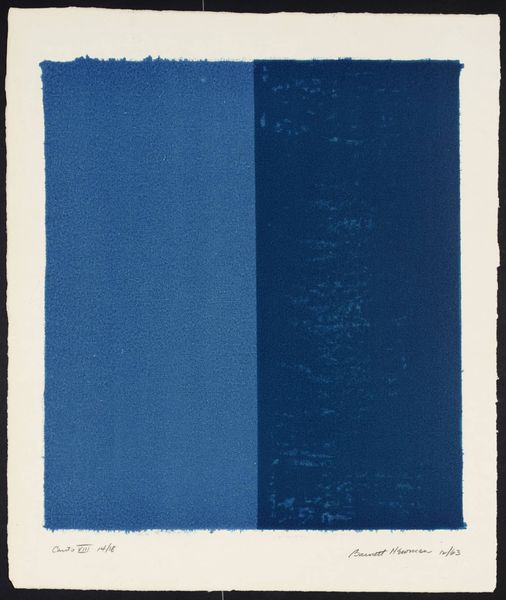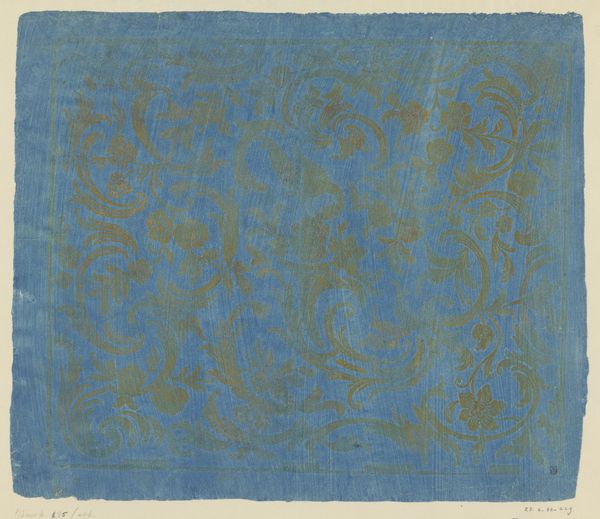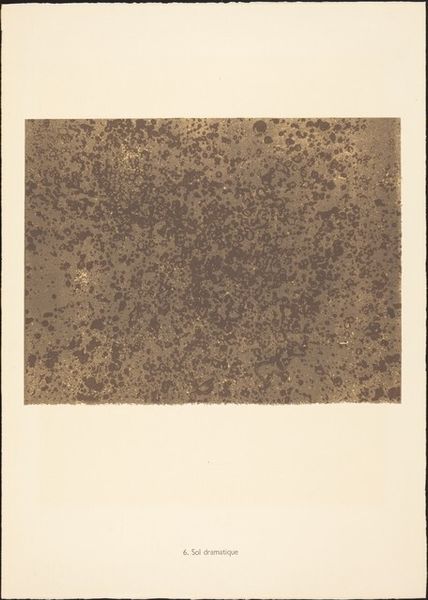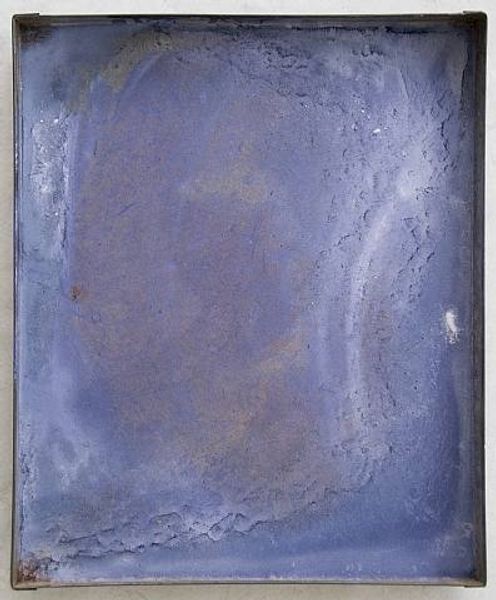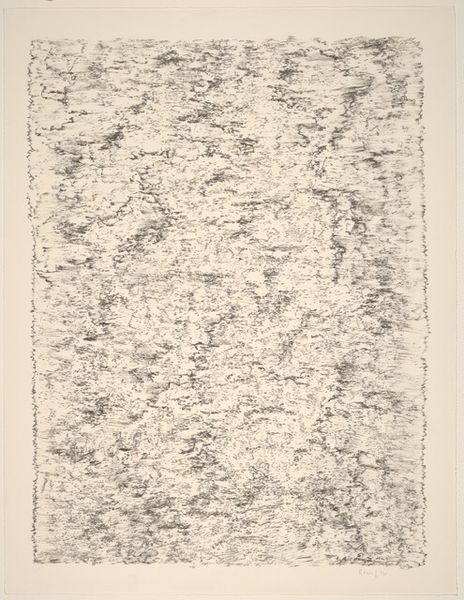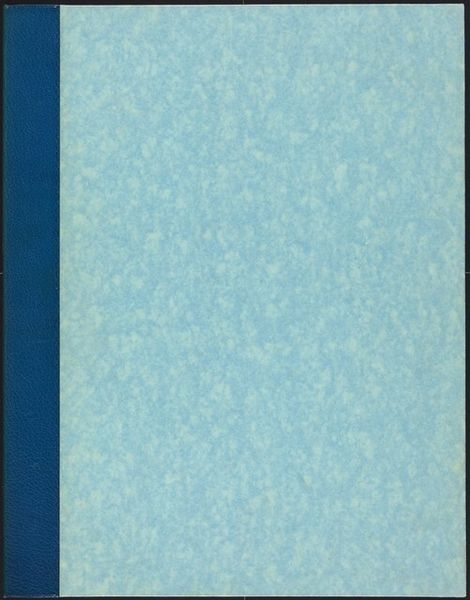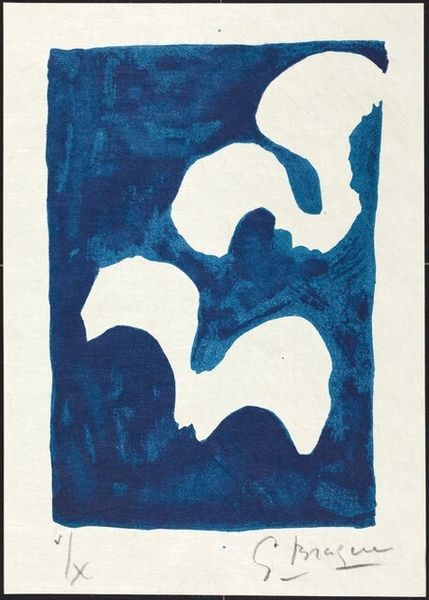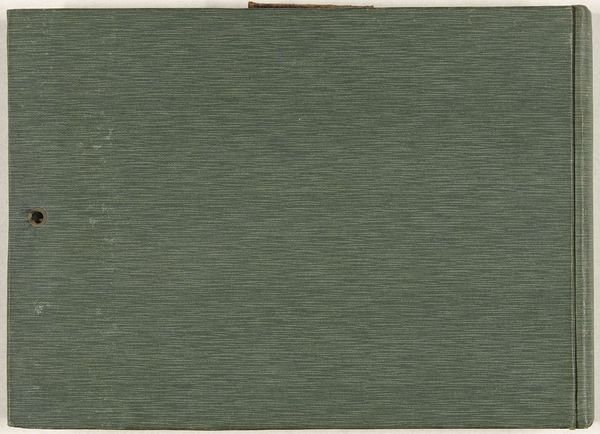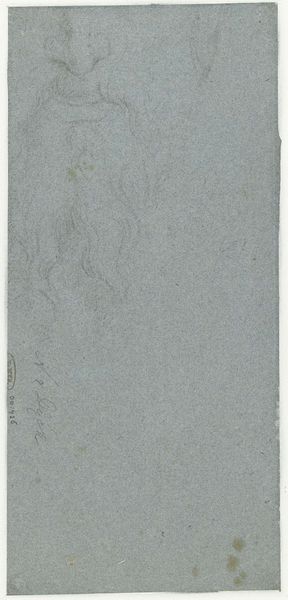
print, linocut
#
abstract expressionism
#
organic
#
abstract painting
# print
#
linocut
#
abstract pattern
#
linocut print
#
organic pattern
#
abstract-art
#
abstraction
#
abstract art
#
organic texture
Dimensions: plate: 48.6 x 36 cm (19 1/8 x 14 3/16 in.) sheet: 62 x 44 cm (24 7/16 x 17 5/16 in.)
Copyright: National Gallery of Art: CC0 1.0
Curator: This linocut print, titled "Barevny," was created by Vladimír Kokolia in 1993. What strikes you first about it? Editor: Well, I’m immediately drawn into the monochromatic palette—a kind of indigo dreamscape. The texture is captivating; it's as if you could reach out and feel the organic, interwoven patterns. It’s subtly agitated. Curator: Kokolia, throughout his career, has engaged with systems of thought. As we can see, this work delves into abstraction, creating a sense of the unseen. During the post-communist period in Czech Republic, many artists turned inwards, and, I would argue, this is part of that movement. What do you think about that claim? Editor: I would be careful to state that exactly; it might be about something more personal. Considering his influences, ranging from psychoanalysis to Eastern philosophy, the intense, repeating structures, could be an attempt to chart interior landscapes. Perhaps, the agitation might reflect the personal turmoil of transition and self-discovery in this tumultuous moment in time, but it's hardly transparent. Curator: I concede the reading of interior landscapes, but don’t you find this echoes the collective search for new societal patterns? I am fascinated with Kokolia's decision to work in linocut print. Editor: A relatively accessible and democratic medium. It allowed artists a tangible, hands-on means to share work widely during the transformation to new economies, maybe resisting a slick, commercial aesthetic? And thinking about these chaotic networks, how might that relate to the collapse of existing structures, both personally and politically? Curator: Good question. Linocut has often served as a means of social commentary. Perhaps this work is about forging meaning, creating networks of resilience during a transition to some new societal paradigm. It has definitely provided ample fodder for consideration. Editor: I’m walking away thinking about this piece in a different way; less individual and more entangled in broader struggles for meaning. It almost seems as if the medium becomes part of the message.
Comments
No comments
Be the first to comment and join the conversation on the ultimate creative platform.
